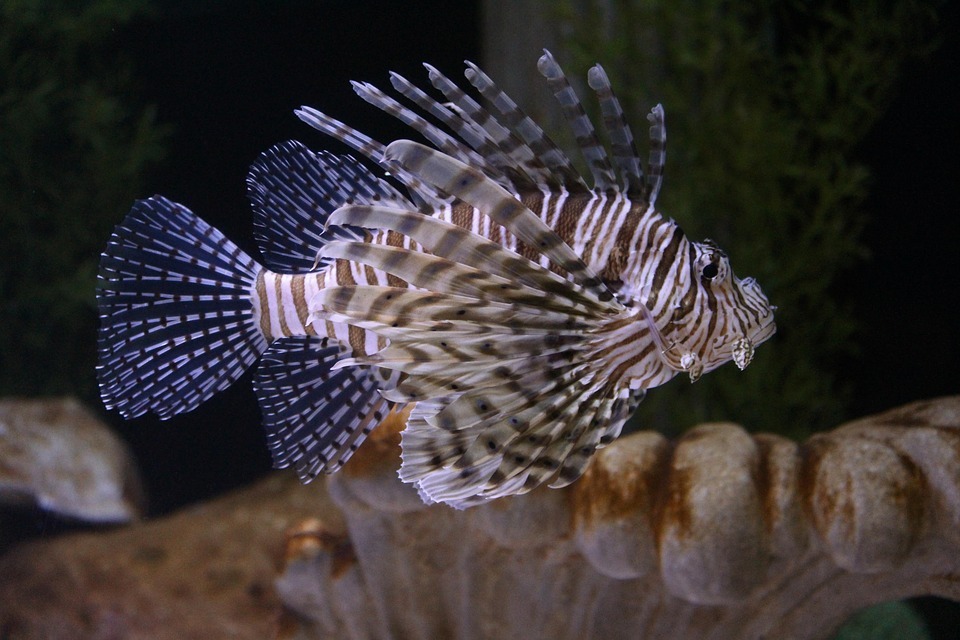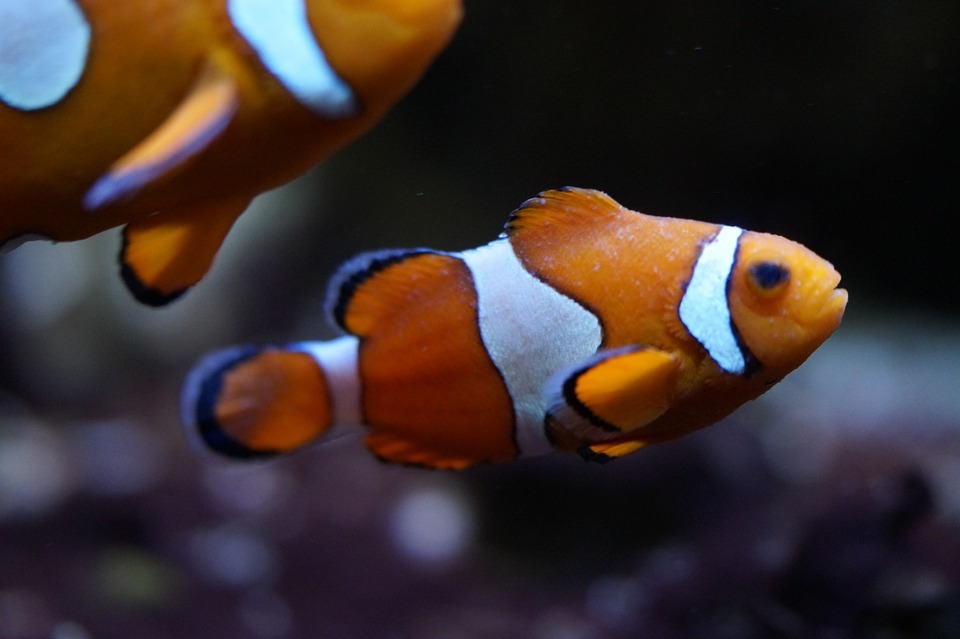Saltwater fish are also known as marine fish and they live in ocean water. They can either live alone or live in a large group together which is called a school of fish. But aside from finding them in oceans all over the world, saltwater fish are also popularly kept in aquariums for entertainment. In fact, saltwater aquariums are a multi-million-dollar industry in the United States because approximately 10 million marine fish are imported each year for aquarium use.
A saltwater aquarium can be a great addition to any room in your home and the visually appealing marine fish is a great conversation piece along with aqua illumination led lights. However, saltwater fish are more challenging to take care of compared to freshwater fish because it requires more care and maintenance.
If you’re thinking of starting a saltwater aquarium, we are here to guide you. Today, we are going to give you some of the best tips on how to care for saltwater fish.
Environmental Factors
One of the challenges of having saltwater fish for a pet is that they are not as resilient to change as freshwater fish. It’s because they are bred to live in the ocean which is a vast expanse of water where that’s unlikely to have rapid changes in things such as water quality, temperature, and other environmental factors. To take good care of them, you always have to keep an eye on ammonia, nitrates, nitrites, and pH for any aquarium even if it’s just a fish bowl.
Temperature is also an important factor because, in the ocean, it takes much longer for fish to experience such changes. This means that your saltwater fish could literally die if the temperature changes a few degrees too quickly. You might need a heater that will work 24/7 to properly regulate the temperature.
Get the Right Size of Aquarium
Another important thing when caring for saltwater fish is the size of the aquarium where you will place them. A saltwater aquarium needs to be larger than a freshwater one, at least 55 gallons. This will ensure you have the best chance to maintain proper temperature and chemistry over time.
Aside from that, you should also use a combination of mechanical and biological filtration devices for your aquarium. The mechanical filtration device will do most of the hard work but natural filters such as corals will make the habitat of the fish more natural.
Setting Up a Saltwater Aquarium
Unlike a freshwater aquarium that can be set up for just a week, setting up a saltwater aquarium can take a couple of months. It’s because you need to allow it to stabilize first. While waiting, you can add a damselfish which can help speed up the process because it can promote bacterial growth. Aside from that, you also need to test the ammonia levels every few days to get to know the cycles. It means that you won’t be able to add fish for at least 40 days. But you can start adding saltwater plants around 60 days.
Choosing the Right Saltwater Fish
It’s indeed nice to look at a saltwater aquarium with lots of different fish. However, you need to be careful not to choose fish that don’t play well together. So, before you buy different kinds of fish for your saltwater aquarium, you need to find out about their temperaments, physical needs, and more. Also, keep in mind that saltwater fish and creatures including plants are more expensive compared to freshwater ones. And if one of your fish dies, you may need to replace it immediately to keep the balance in your aquarium.
If you’re new in having a saltwater aquarium and taking care of saltwater fish, it’s better to go to a store that specializes in marine life to get the opinion of an expert.
Maintenance
To keep your saltwater fish alive and healthy, and as well as to keep your marine aquarium strong, maintenance is the key. You need to make sure that you have the right salinity or the amount of salt in the water. A hydrometer or a refractometer can help you test the water for salinity. Aside from salinity, you also need to maintain the proper pH, nitrate, nitrite and ammonia levels. You can do this by using color-coded strips to help you determine where your tank is.
Just like a freshwater aquarium, a saltwater aquarium also needs to be cleaned but more frequently. Remove uneaten food as soon as possible. If you notice that the water is a bit dark and smelly, you can remove a quarter of it and replace it with new saltwater.
If you need to do a full cleaning, you need to remove the fish to a suitable temporary tank. Once all the fish are transferred, you need to flush the bottom material which includes plants and rocks with fresh water to remove any dirt or debris. Do this until the water runs clear.
Feeding Your Saltwater Fish
Saltwater fish can be carnivores, herbivores, or omnivores. If your fish are herbivores, they eat things such as algae and seagrasses. Carnivores, on the other hand eat shrimp, plankton, and tiny crustaceans and they will never eat algae under any circumstances.
You can also prepare foods such as flake foods which can supply your fish everything they need. You can offer them as much food as they will eat in five minutes. If you have bottom fish in your aquarium, you can provide them tablets, pellets, or sinking food.
If you are home most of the time or during the day, you can feed your fish very small portions which they can finish in five minutes over the course of the day. It’s also best to feed your fish at the same spot in the tank and avoid overfeeding them no matter how much you think they need more food. It’s because overeating can stress your fish and it can also degrade water quality. If any foods are left over the five-minute period, it means that you are overfeeding them.
These are some of the tips we can suggest to take good care of saltwater fish. Caring for saltwater fish is much like caring for a freshwater one but requires more intensive tasks. But with research and enough knowledge, you will be able to take good care of them effectively.


